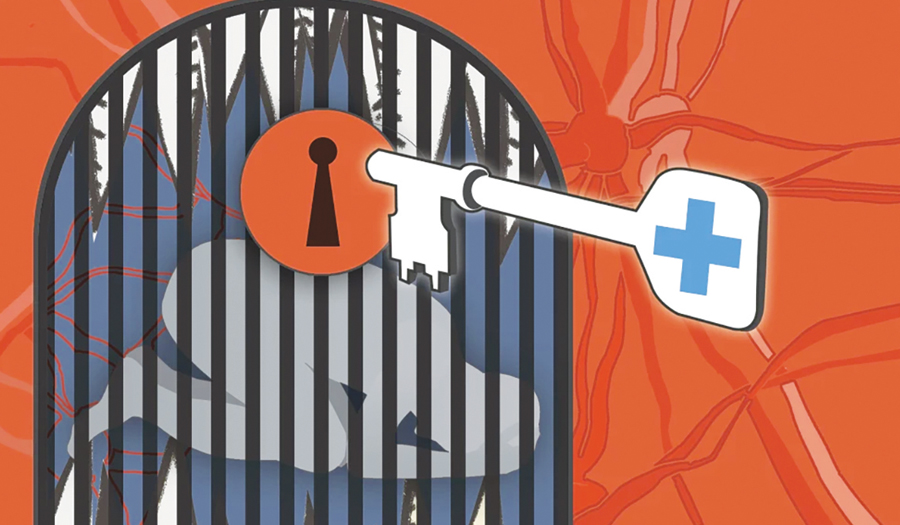By MATTHEW PERRONE
Washington (AP) — For decades, patients seeking medication for pain have had two choices: over-the-counter drugs like aspirin or powerful prescription opioids like oxycodone.
Opioid prescriptions have plummeted over the last decade as doctors have become more attuned to the risks of addiction and misuse during the country’s ongoing drug epidemic.
Vertex Pharmaceuticals recently reported positive results for a non-opioid painkiller, one of several medications the Boston-based drugmaker has been developing for various forms of pain. Patients taking the drug after surgery experienced more pain relief than those getting a placebo, although the drug didn’t meet a secondary goal of outperforming treatment with an opioid.
The Associated Press spoke with Vertex’s chief scientist Dr. David Altshuler about the company’s research and development plans. The interview has been edited for length and clarity.
Q: Why is Vertex interested in new drugs for treating pain?
There is a great need for additional medicines to help people manage pain. There are medicines like Tylenol that are modestly effective but they’re very well tolerated. And there’s medicines such as opioids that are very effective but unfortunately have side effects, as well as addictive potential.
Identifying additional medicines that could be used for people who need more pain relief but don’t want to take the risks of opioids would be helpful for society.
Q: How did you develop these drugs?
Vertex has been working on this for 20 years, and the insight that led to the medicines actually came from studies of people who had a rare condition where they are insensitive to pain. They can feel things, sense temperature, but do not feel pain. This was actually identified in a family of fire walkers who could walk on hot coals.
So scientists figured out that that condition was due to inherited differences in a particular protein that has a role in pain signaling— so if you lack this function you don’t feel pain. So we and many others have worked for decades to make a medicine that could recapitulate that naturally-occurring phenomenon.
Q: Why wouldn’t these drugs carry the same addictive properties as opioids?
Addictive medicines typically work in the brain and they have side effects that aren’t really separable from the reduction in pain, because they’re the same thing. That’s their mechanism of action. In our case, our goal is to make medicines that act in the periphery, not in the brain, so they wouldn’t have the same potential risk.
Q: Tell me about the recent data you’ve reported?
We’ve reported three studies in people with acute pain — things like surgery or an injury — all three studies were positive, all three studies showed substantial reduction of pain of about 50%.
One of the secondary endpoints was superiority to the opioid and the drugs were not superior to the opioid that was used for comparison, they were similar in magnitude. But because opioids have so many safety and tolerability issues, a medicine that could have similar efficacy but does not have those challenges might be of interest to people in pain.
Q: Are you testing this approach in patients with long-term pain?
We also did a study of diabetic peripheral neuropathy, which is long-term pain caused when people with diabetes have damaged nerves. That was also a positive study that showed clinically meaningful reduction in pain. So based on that study, a phase 2 study, we’re now planning for a phase 3 study.
Q: What comes next?
For acute pain we’re preparing to file for FDA approval based on our data. For the longer-term pain, what’s called neuropathic pain, it’s earlier in the development stage but the data is encouraging so far. So we’re continuing studies to determine if it’s possible to apply for approval there.










